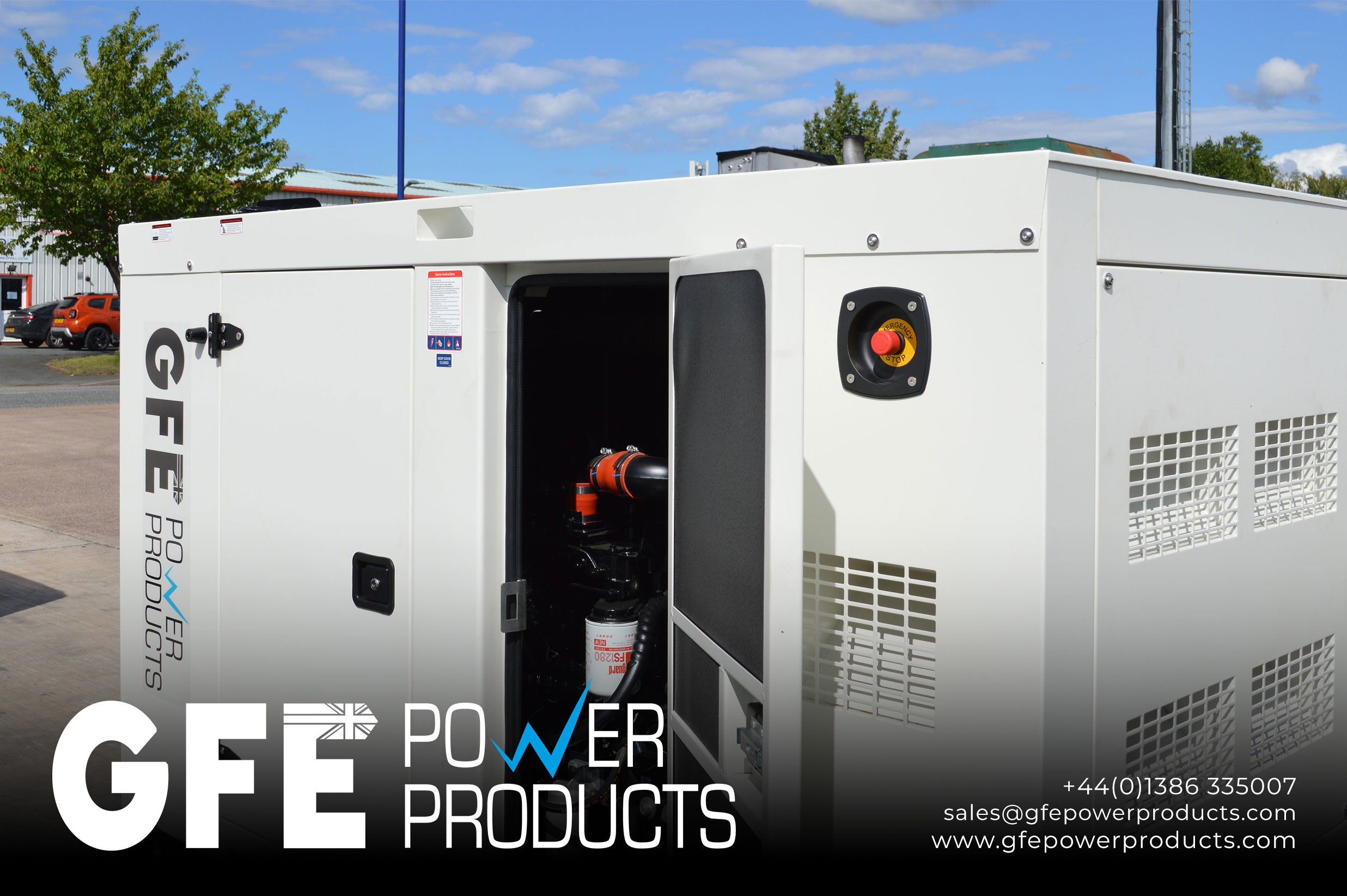
What Is Load Sharing?
Load sharing is a critical aspect of power generation and distribution systems that involves the proportional distribution of electrical load among multiple generators operating in parallel. It ensures that each generator contributes its fair share of power to the overall demand, promoting stability, efficiency, and reliability in the system. Load sharing becomes particularly important when the power demand exceeds the capacity of a single generator or when redundancy is required for backup purposes.
What are the reasons for load sharing?
Load sharing is necessary to prevent overloading of any individual generator while maintaining a stable power supply. When multiple generators are synchronised and connected in parallel, load sharing ensures that each generator operates within its specified capacity, reducing the risk of overheating, excessive wear, and potential failures.
How does a governor control the load?
The primary mechanism for load sharing is the governor system of each generator. Governors control the speed of the diesel engine, which in turn controls the frequency of the generated power. When a load is added or removed from the system, the governor adjusts the engine speed to maintain the desired frequency. Generators with faster responding governors may take up more load initially, but as all governors adjust, the load is more evenly distributed.
What are different load sharing methods?
Different methods can be used to achieve load sharing among generators:
- Frequency-Droop Control: In this method, each generator is set to operate with a slightly lower frequency at its rated load. As the load increases, the generator's frequency decreases, causing the governor to increase the fuel supply and share more load.
- Isochronous Control: Here, generators are set to maintain a constant frequency regardless of load changes. Additional control systems are employed to regulate the sharing of load equally between generators, often utilising communication and control algorithms.
- Droop Compensating Control: This method combines both frequency-droop and isochronous control approaches, allowing generators to share load with a defined frequency-droop characteristic while maintaining an overall stable system frequency.
Synchronisation and Voltage Control
Load sharing also involves maintaining the voltage levels of the generators within acceptable limits. Voltage regulators adjust the generator's excitation levels to maintain a stable voltage as the load changes. Synchronisation relays and control systems monitor the voltage and phase angle differences between generators and make adjustments as needed.
What are the benefits of load sharing?
Load sharing in generators offers numerous advantages for power generation systems. By distributing the electrical load evenly among multiple generators, load sharing ensures optimal utilization of each generator's capacity, thereby enhancing overall efficiency and prolonging equipment lifespan. This approach enables generators to work together seamlessly, preventing any individual unit from becoming overburdened or underutilized. Additionally, load sharing improves system reliability by providing redundancy, ensuring uninterrupted power supply even if one generator experiences a malfunction. Balanced load sharing helps maintain a stable system frequency and voltage, which is crucial for sensitive equipment and devices connected to the power grid. Load sharing allows for easy expansion of the power generation capacity by adding more generators as needed. These benefits collectively lead to improved performance, reduced maintenance costs, and increased availability of power, making load sharing an essential strategy for optimizing generator operations and maintaining a reliable electrical supply.
What are the challenges of load sharing?
Load sharing, while beneficial, presents several challenges that need to be addressed for effective implementation. One significant challenge is achieving accurate load distribution among resources, as improper balancing can lead to uneven workloads and reduced performance. Coordinating communication and data exchange between shared resources can also be complex, requiring sophisticated algorithms and real-time monitoring. Differences in governor response times can result in unequal load sharing during load changes. Moreover, load sharing setups may struggle to adapt to sudden fluctuations in demand or resource availability, potentially leading to suboptimal performance during peak times. Ensuring seamless failover and load redistribution in case of resource failure demands robust mechanisms. Additionally, managing load sharing across geographically dispersed locations can introduce latency and connectivity issues. Addressing these challenges requires careful planning, advanced technology, and continuous monitoring to ensure that load sharing systems deliver the expected benefits without compromising performance or reliability.
In modern power systems, advanced automation and control technologies play a crucial role in achieving accurate and efficient load sharing. These technologies continuously monitor the generators' performance, adjust their outputs, and ensure stable power distribution, contributing to the overall reliability of the electricity supply.
Get in touch
If you are considering installing synchronised generators within your facility, contact us for a quote. We can find the perfect solution to your power output needs.
Phone: +44 (0)1386 335007
Email: sales@gfepowerproducts.com



